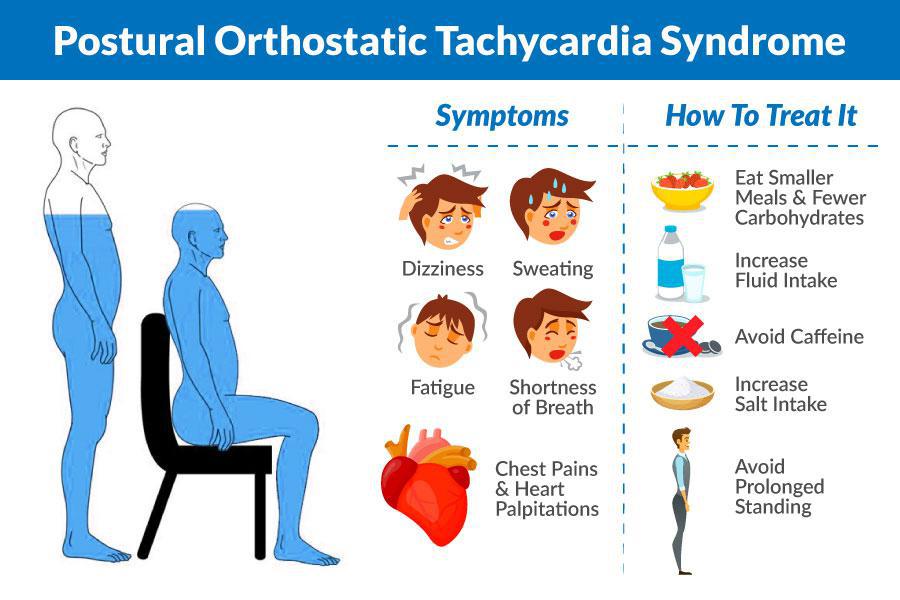Postural Orthostatic Tachycardia Syndrome
POTS (Postural Orthostatic Tachycardia Syndrome) is a disorder of the autonomic nervous system characterized by a rapid rise in heart rate after standing up or lying down. It is caused when most of the blood stays in the lower body. It is usually non-life threatening and is more common among women.
Why POTS in news recently?
Research is being conducted to identify the relationship between POTS and COVID-19 and the possible causes and treatments for long Covid-related POTS. Some Covid-19 long-hauliers have reported experiencing similar symptoms as POTS patients, such as dizziness, fainting, heart palpitations, and fatigue. They have also experienced digestive problems, hands and feet turning purple, and blurred or tunnel vision.
What is the main cause of POTS?
Pregnancy, surgery, viral illness, and trauma. Persons with POTS find difficulties in exercising. Physical activities cause dizziness in POTS patients. The cause of the disorder is not known to date.
At what age do POTS go away?
It goes away after the age of 20. This is mainly because of the changes the body undergoes during puberty. When the boy or girl attains puberty, several changes occur in the body. Mainly there are changes in hormonal secretion. Usually, adolescents under this stage are hyperactive, powerful, and very agitated at times. This is because of the effects of hormones on the nervous system. They even undergo emotional mood swings. This is also because of the hormonal influence on the nervous system. The hormones play a crucial role in developing the nervous system during such times. For this reason, the POTS go away during puberty.
POTS disease Life Expectancy
POTS disease do not affect the life expectancy of the patients. Life expectancy is normal in these conditions. They go away in adults after some time. However, the time taken for POTS to disappear in adults is longer than the adolescents.
Month: Current Affairs - March, 2023
Category: Science & Technology Current Affairs


